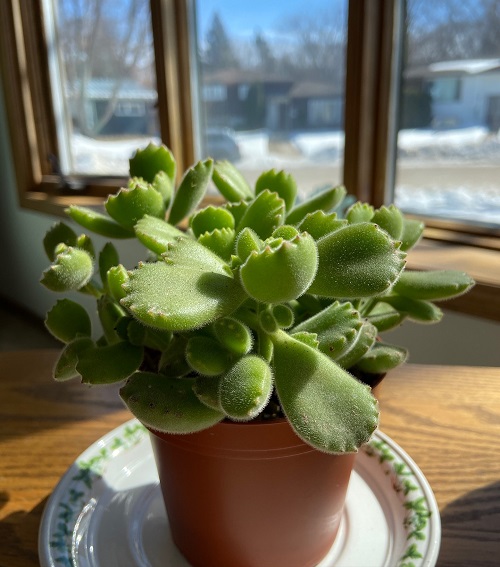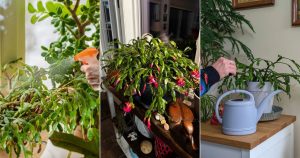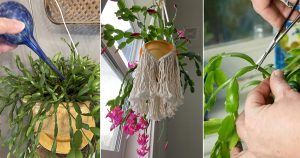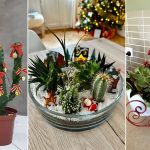It’s indeed a matter of worry when one of the cutest plants looks scanty. Here’s how to fix a sparse Bear Paw Succulent without repotting.
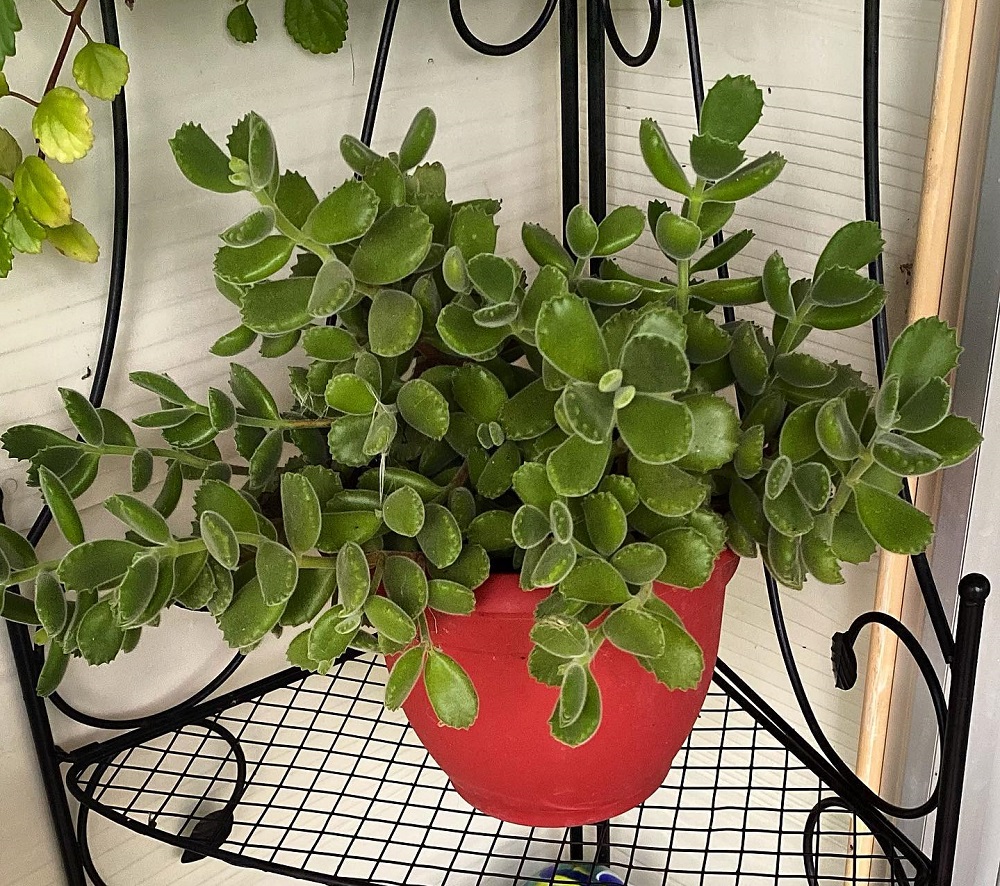
Sometimes, your cute plant can start looking sparse, leggy, or just a little off, even when it’s in the same pot. The good news is, you don’t always have to repot it. With a few smart tweaks, you can fix your Bear Paw succulent without repotting!
Easy Ways to Fix a Sparse Bear Paw Succulent Without Repotting!
1. Abundant Sunlight is Key
In case of less than adequate sunlight, you might start to see your Bear Paw stems stretching. This phenomenon is called “etiolation” and can be best described as your plant stems just reaching for that light at the end of the tunnel!
This is obviously something you don’t want. So to ensure that your succulent is in the prime of its health, give it 6 hours of bright, indirect sunlight. An east or west-facing windowsill will be perfect. But that’s not all! Don’t forget to also rotate your plant by 90 degrees every week so it produces new growth evenly on all sides.
Pro tip: If you’re growing it outdoors, use a sunshade to block intense afternoon sun.
2. Water Deeply During Summer
Overwatering might kill a succulent, but underwatering can also do serious damage. If you want a fuller Bear Paw, make sure the roots get a deep soak, then allow the soil to dry out completely. This is especially important during the summer months.
For small plants, about a quarter cup of water is enough. For larger ones, give 1 to 1.5 cups weekly. In winter, Bear Paws go dormant, but if you don’t water at all, they might shrivel. So, cut back to watering them every other week.
Pro tip: You can gauge your plant’s water needs by touching its leaves. If they feel firm and plump, it’s happy. If they’re wrinkled and soft, it’s thirsty. Always water near the base to avoid wetting the leaves, which can lead to rot or fungal issues.
3. Bear Paw Gets Hungry!

C. tomentosa may not ask for much in cold weather, but during its growing season, it definitely wants food. Without feeding, you’ll likely see leggy, uneven growth.
Feed your Bear Paw twice a month from April to August using a light, balanced, water-soluble fertilizer made for succulents.
4. Pruning is a Must!
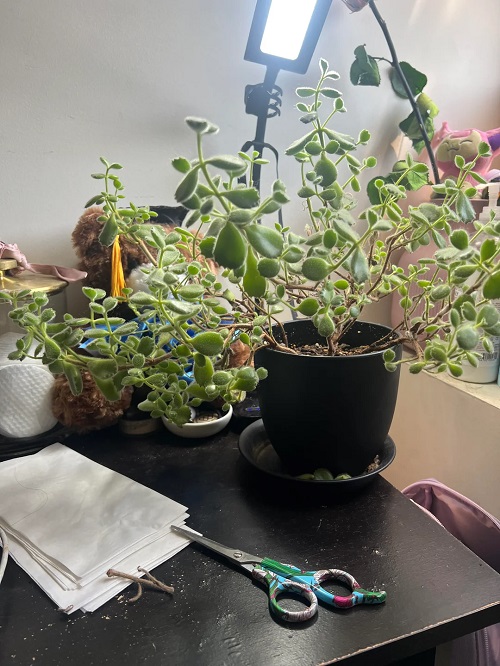
Your Bear Paw might look sparse simply because it’s spending energy on dead or dying leaves. Sounds dramatic, but it’s true!
That’s why you should regularly remove any dried or shriveled parts. And while you’re at it, prune actively during spring or early summer, when the plant is in full growth mode. Use clean, sharp shears and start by cutting off all the dead or damaged parts.
Try to cut just above a leaf node or where one stem meets another. This encourages more branching, making your plant look fuller.
5. Protect From Colder Weather
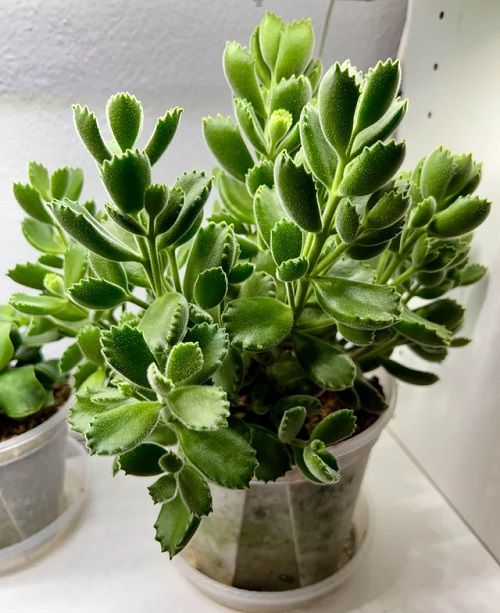
Native to South Africa, Bear Paw doesn’t handle cold well. In the U.S., it’s only hardy in zones 9b to 11b. If you live somewhere colder, treat it like a houseplant and keep it indoors.
If left out in the cold, it may suffer frost damage, causing it to look sparse—or worse, die from the cold and lack of light.
Indoors, it does best in temperatures between 65°F and 80°F (18°C to 27°C).
Note: Temperatures between 21°F to 14°F (-6°C to -10°C) are lethal for the Bear Paw. In regions prone to frost, you can grow these in a greenhouse or conservatory, besides opting to keep them indoors.
6. Monitor Closely for Pests
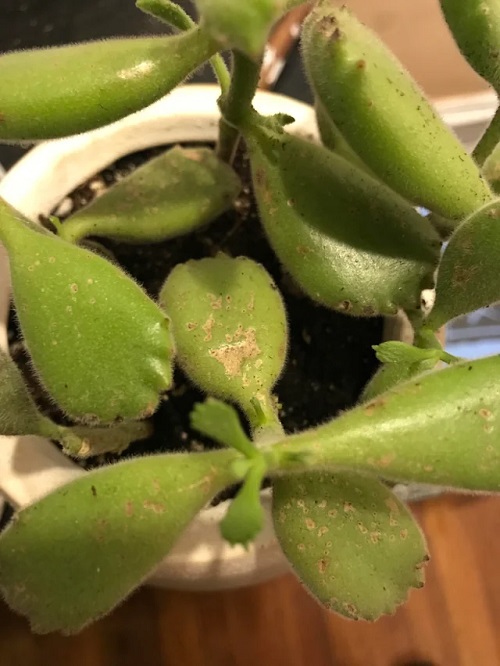
Just like other Crassulaceae members, pests love the Bear Paw’s juicy leaves. They tend to hide between the dense silver hairs, making them hard to spot. By the time you notice, your plant may already look sad and limp.
To keep your Bear Paw looking bushy and full, regular inspections are mandatory! Check for mealybugs, which are white, waxy insects found under leaves and at the base of stems, and also for scale and spider mites.
Fortunately, they can be easily removed just with a cotton swab soaked in rubbing alcohol, which dissolves their protective coating and kills them.
7. Go with the Gritty, Fast-Draining Soil Mix
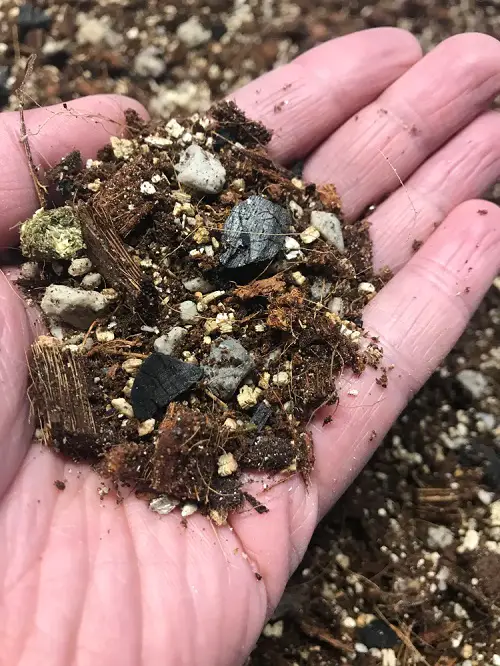
If you’re not planning to repot but still want a fuller Bear Paw, checking the top layer of soil might help more than you think. A compacted or moisture-retaining mix can stunt growth, even without visible symptoms.
Try gently removing the top 1 to 1.5 inches of old soil and replacing it with a gritty mix made of coarse sand, perlite, and cactus potting soil.
This allows better airflow around the roots and improves drainage, encouraging healthier root growth—which in turn helps the plant grow thicker and fuller from the base.
Bonus Tip: Sprinkle a little cinnamon powder on the top layer after replacing the soil. It acts as a natural antifungal and prevents any pesky mold or rot from creeping in!
8. Group It with Other Plants
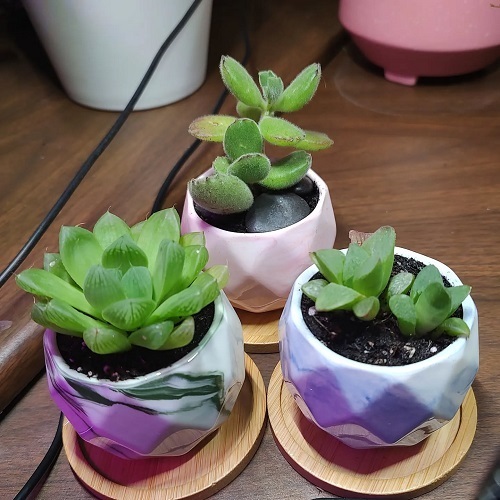
Here’s something sneaky but smart—place your Bear Paw with other succulents or small plants to create a mini microclimate. Why? When grouped together, plants slightly increase the humidity around them and buffer temperature changes. This makes your Bear Paw feel more stable and supported—encouraging steady, fuller growth over time.
Just make sure there’s still enough airflow between the pots to prevent mold or pests. And yes, keep them all in the same light-loving squad—don’t mix shade lovers here!
Please note that group it only with succulents or plants with similar care needs.
So, those were the best ways that you can slowly and steadily make your Bear Paw look bushier without needing to upgrade the pot. Do you know of any unique hacks besides these? Let us know in the comments below!

